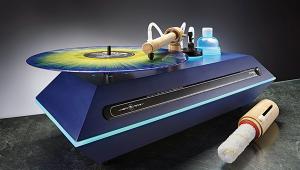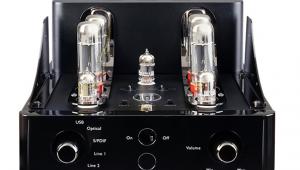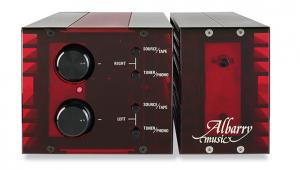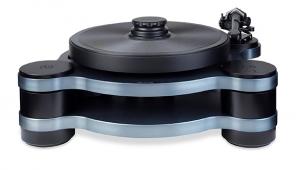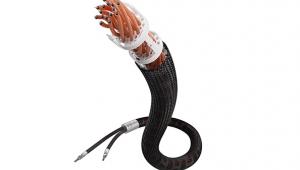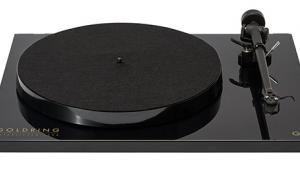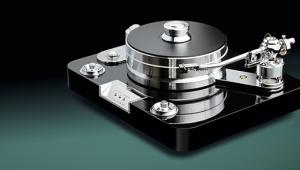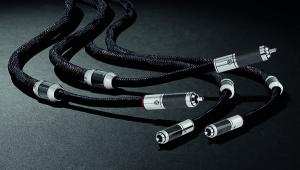The missing link

They’re the hidden heroes in our electrical hardware, but not all of them are the same. Jim Lesurf addresses confusion about fuses as he makes a quick switch to keep a 40-year-old amp in service
Hi-fi enthusiasts often debate the relative merits of ‘solid state’ designs versus ‘vacuum state’ (a term that dodges the sub-debate. It’s ’valves’ for me, but ‘tubes’ for those who speak American!). In addition, people can get into considering possible advantages or disadvantages when it comes to different kinds of device – eg, if some ICs are okay, or if we might get better results from discrete devices, etc. However, a week or so ago I was forcefully reminded of the vital role of a device we tend to forget.
Blown away
I switched on the system that I use to listen to music and radio stations in the kitchen, and discovered that the speakers remained silent. The power amplifier is one of the old Armstrong 700 series models I’d developed mumble decades ago. So I was particularly concerned by the thought that it may have finally decided to ‘retire’ itself.
Okay, providing great sound for over 40 years was an impressive record, but still sad if that had now ended. Fortunately, a quick investigation showed that the amplifier’s main indicator LED was dark, and that the fuse in its mains plug had blown. I then recalled that this had happened on a previous occasion years before...
People generally take these devices for granted and (in the UK) people have a careless habit of fitting a ‘13 Amp’ fuse into every mains plug and then forgetting about them. But the behaviour of fuses is far more complex than the simple ‘current rating’ value printed on their sides. So it can make an important difference which type/rating of fuse you choose, depending on the situation.
Armstrong’s 700 series power amplifier was designed and manufactured to be able to deliver sustained power levels of well over 200W-per-channel into pretty much any loudspeaker loading. Each channel had fuses in series within its DC ‘rails’. These helped protect the amp from a user accidentally connecting to a short circuit. The fuse blows and saves the amplifier’s electronics.
I used to bench test this by getting the amp to output high levels, and using a big metal screwdriver to short the positive/negative outputs. The result was melted spots on the output terminals, but replacement rail fuses returned the amp to working normally. The only ‘loss’ was that if I kept doing this the terminals became so ‘spot weld’-damaged that they needed to be replaced. Not all amps can handle this, though, and my approach back then isn’t a safe one in domestic situations. So do not try this at home!
However, the role of the mains fuse – which in the UK will usually be in the mains plug – is to guard against something different. It stops a fault in your audio kit from trying to short out the mains power supply from the wall. For example, if the mains transformer in a piece of equipment develops an internal short between its windings, a mains plug fuse should then blow to prevent any long-term excessive current that then risks starting a fire or explosion.
Hot ’n’ cold
High-power toroidal mains transformers have a very low internal resistance. This is good in terms of not wasting power or becoming alarmingly hot in normal use. But if they feed large reservoir capacitors, the amplifier will briefly draw a very large surge current when switched on. A suitable mains fuse will cope with high current surges provided they only last for a very brief time. But the fuse will instantly become hot, then slowly cool down again. And after years of being repeatedly temperature cycled it may fail because there is a limit to the punishment it can endure.
Which brings me back to the amp in my kitchen. Following tests, the mains fuse value I had chosen when developing the Armstrong 700 was 5 Amps. And experience shows that this choice worked fine for decades before failing, but would protect the amp and mains system from a sustained fault current more effectively than a 13 Amp alternative.







